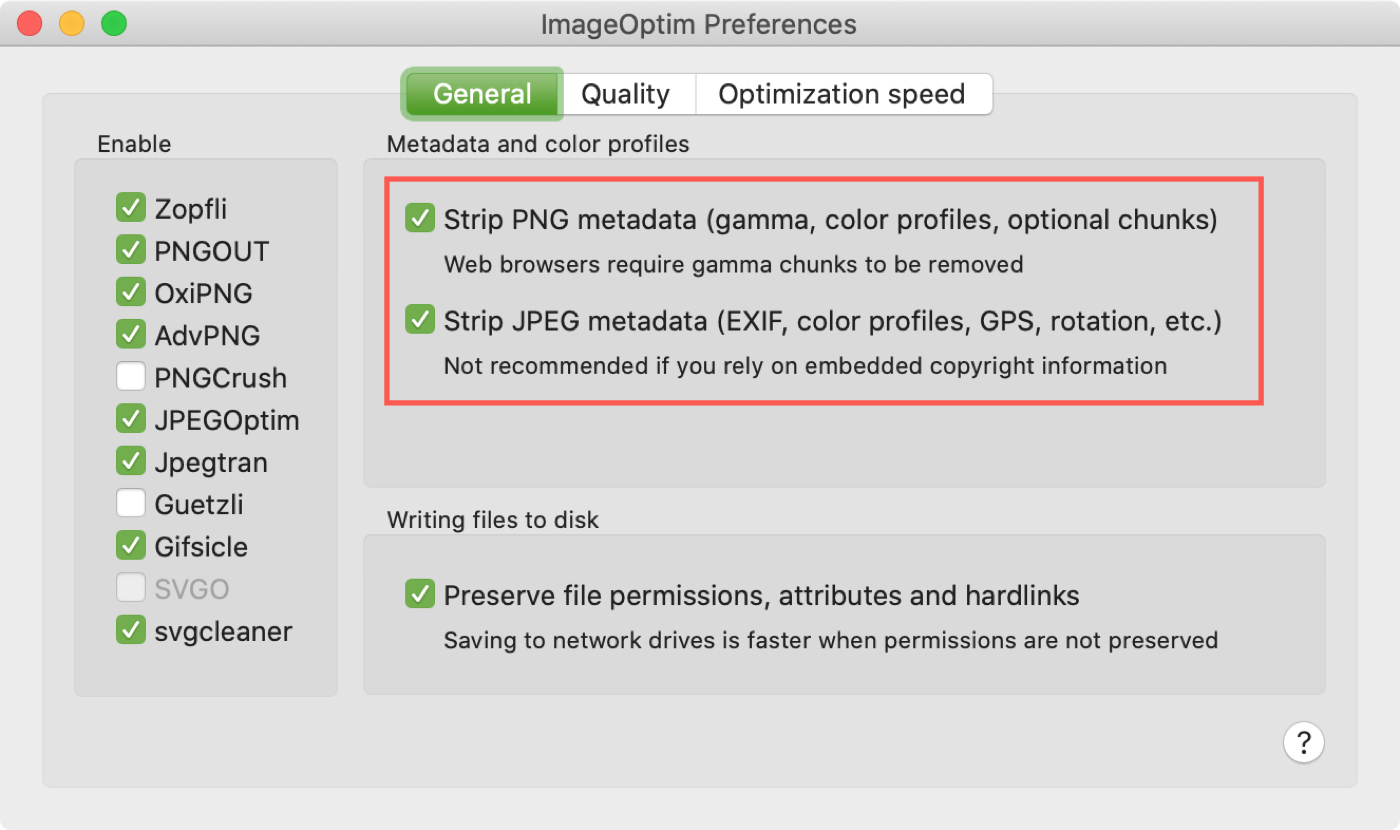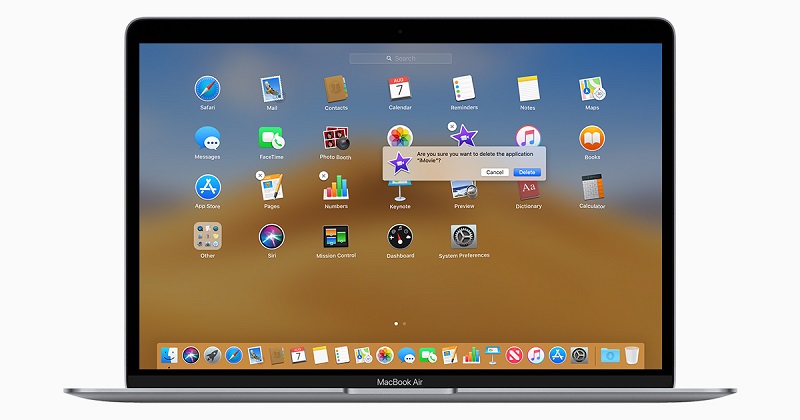
- #Free program to remove metadata from photos for mac how to#
- #Free program to remove metadata from photos for mac Pc#
On a PC, right-click on the image and select Properties.

#Free program to remove metadata from photos for mac Pc#
To add IPTC metadata to individual photos, you can use the Properties panel on your PC or the Get Info option on your Mac. A brief description or caption identifying any people, events, or dates.A short title identifying the photo subject.Your name and email as the current owner of the image.

The most basic data is usually enough, including:

For photos that will be shared on a public or online website, it’s a good idea to add a few basic lines of information so that someone down the line can learn where the photo came from and who is pictured in the image. The information travels with the photo, and anyone who opens the file to look at the Properties or Information will be able to read the information you’ve recorded. Using embedded metadata is a bit like writing your name and phone number on the back of a snapshot. Some IPTC data can be set automatically but most information must be individually recorded. Originally designed to help news providers locate and credit photo sources, IPTC data is a genealogists friend when it comes to adding information about the people, places, and events shown in an image. The IPTC data set is usually added by the user in the form of title, caption, subject, photographer, copyright, and so on. In Adobe Lightroom, the EXIF panel looks like this: Because Exif data is added automatically by your camera or capture device, you can’t really input Exif data except to insure that your camera is set to record the correct date and time. The date and time is used to organize image files in folders and the unique file name identifies individual image files. Typical Exif information includes all kinds of information about the camera make and model, resolution, exposure, location and other settings, but most importantly for organizing files, Exif records date and time of capture with a unique file name for each image.
#Free program to remove metadata from photos for mac how to#
Learn to use metadata as part of your digital image workflow in my book How to Archive Family Photos (FamilyTree Books, 2015). There is some overlap in data between the two sets of data. The data is embedded in the digital file itself for JPG and TIFF format images, or saved in a companion “sidecar” file for RAW images. This data is used to sort and organize images in the camera and when transferred to your computer.īoth EXIF and IPTC data are referred to as metadata and provide information about your digital image. Some data are automatically recorded by the camera and others are available for your input. Have you ever viewed the information for a digital photo and wondered where it came from and what it means? This information is called metadata, or “data about data.” To understand how metadata works and why it’s useful, it’s helpful to understand how capture devices organize images internally or on a memory card.Įvery image can include two different kinds of data: Exchangeable image file format (EXIF) and International Press Telecommunications Council (IPTC). Sam Chamblin Saunders San Leon Texas April 1915 age 12. Yes, it takes an extra step to view the metadata on a digital file, in the same way that you have to turn over a photo to read what’s recorded on the reverse. The information travels with the photo, where ever it goes. Embedding metadata in a photo is a bit like turning over a snapshot to scribble your name and a note on the back of the picture.


 0 kommentar(er)
0 kommentar(er)
